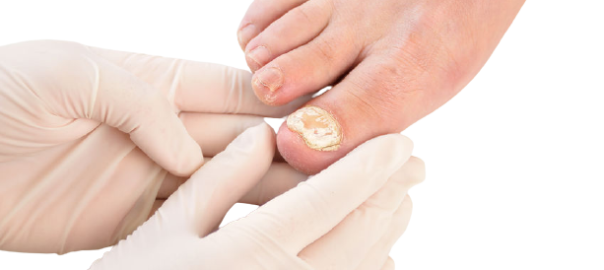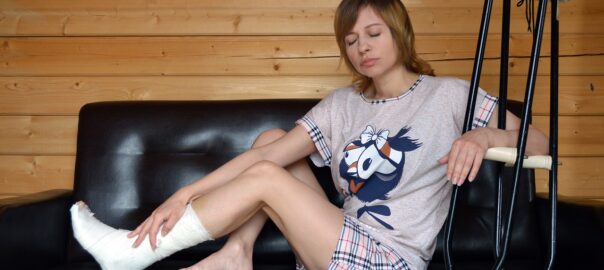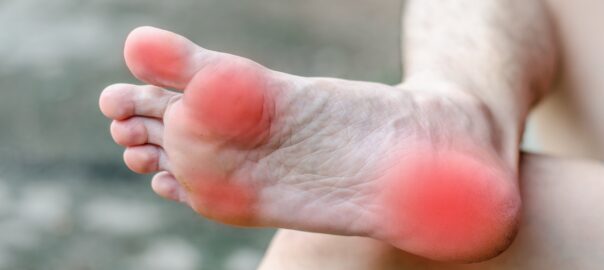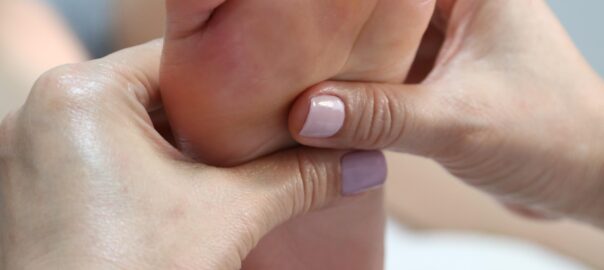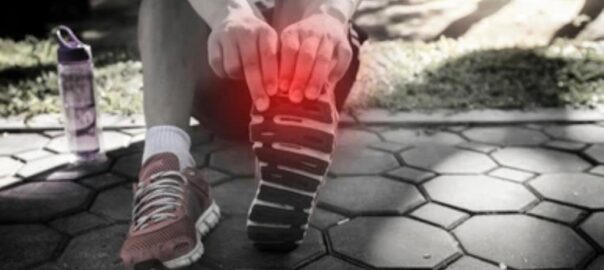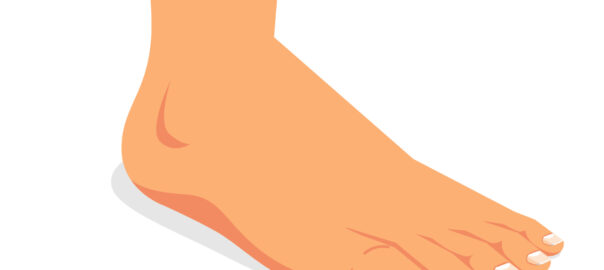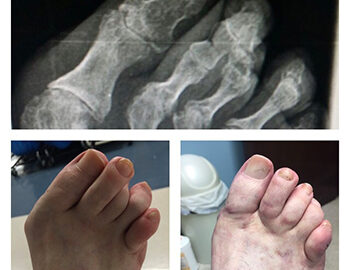How Can I Get Rid of Toenail Fungus?
Are you embarrassed about your unsightly toenails?
If your toenails look discolored, thickened, or are becoming more brittle or painful, you may have toenail fungus under your nails.
Podiatrists at Illinois Mobile Foot Care can help you take care of not only your feet and ankles, but also your toenails.
Toenail fungus starts when dermatophytes (a type of fungus) enter the bed of your toenails through small cracks, blisters, or scrapes. You can pick up this type of fungus if you go barefoot in warm and damp environments like public showers and pools.
Once inside your nails, the fungus grows and turns them yellow. This discoloration is typically the first sign of a fungal infection. If you don’t treat it right away, your nails may become brittle, and feel painful to the touch over time.
In the worst-case scenario, untreated toenail fungus can take root deep in the tissue layers of your nail and become much more difficult to eliminate.
Symptoms
- Warped or oddly shaped nails
- Yellowish nails
- Loose/separated nail
- Buildup of bits and pieces of nail fragments under the nail
- Brittle, broken, thickened nail
Laser for fungal toenail is a pain free and fast procedure, to treat any type of fungus infection in your nail. This technique uses laser light to penetrate and vaporize nail bed and special frequency kills only infected cells, with this method there’s no down time and it does not affect your everyday life.
Ways to prevent toenail fungus:
- Wash your feet with soap and water daily, and dry them with a clean towel.
- Clip your toenails straight across with a clean clippers.
- Wear clean socks daily.
- Change your gym shoes after a workout. In fact, alternate pairs if possible, letting your footwear dry out between wearings.
- Wear flip-flops or shower sandals in the locker room and poolside, too.
- Keep your toenails short
Serving patients near me: 60007 60018 60106 60131 60176 60290 60601 60602 60603 60604 60605 60606 60607 60608 60609 60610 60611 60612 60613 60614 60615 60616 60617 60618 60619 60620 60621 60622 60623 60624 60625 60626 60628 60629 60630 60631 60632 60633 60634 60636 60637 60638 60639 60640 60641 60642 60643 60644 60645 60646 60647 60649 60651 60652 60653 60827 60804 60701 60706 60707 60803 60699 60697 60002 60010 60089 60015 60020 60030 60031 60035 60040 60041 60044 60045 60047 60048 60069 60046 60060 60064 60088 60061 60083 60084 60085 60087 60096 60099 60101 60502 60504 60103 60106 60108 60527 60188 60514 60561 60515 60516 60126 60519 60137 60139 60521 60143 60532 60148 60157 60540 60563 60565 60523 60172 60181 60555 60184 60185 60559 60187 60189 60190 60191 60517





